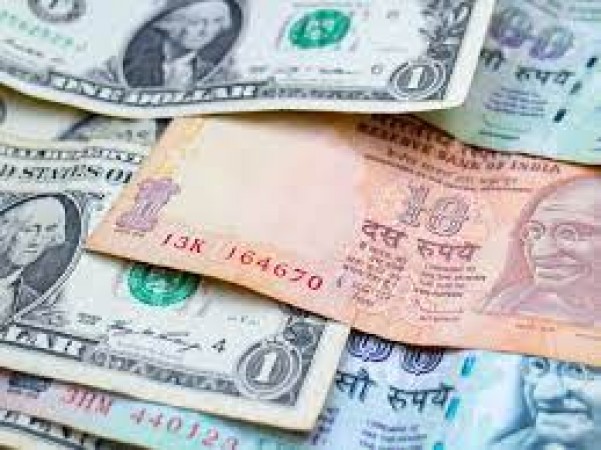
In a recent turn of events, the Indian Rupee has shown remarkable strength by appreciating against the U.S. Dollar. This unexpected shift has garnered attention from economists, investors, and the general public alike. This article delves into the factors behind this appreciation, its implications for various sectors, and what it means for the Indian economy as a whole.
The Factors Driving the Appreciation
Stronger Economic Indicators
The Indian economy's resilience has played a crucial role in the rupee's appreciation. Improved GDP growth, increased foreign direct investments, and a robust manufacturing sector have instilled confidence among investors. This surge in economic indicators has led to heightened demand for the Indian Rupee.
Stable Monetary Policy
The Reserve Bank of India's (RBI) prudent monetary policies have significantly contributed to the rupee's appreciation. By maintaining a stable interest rate environment and effectively managing inflation, the RBI has fostered an attractive investment climate.
Impact on Trade and Commerce
Export and Import Dynamics
While a stronger rupee can make imports cheaper, it might pose challenges for Indian exporters. Exporters might face competitiveness issues as their products become relatively more expensive in the global market. On the other hand, the cheaper imports could aid domestic industries and consumers.
Tourism and Foreign Investment
A stronger rupee could be a boon for the tourism industry. International travelers may find India more affordable, leading to an influx of foreign tourists. Additionally, foreign investors might find Indian assets appealing due to the currency's appreciation.
The Financial Market Landscape
Stock Market Performance
The stock market has responded positively to the rupee's appreciation. Improved investor sentiment and increased capital inflows have driven up stock prices. Sectors like technology, pharmaceuticals, and manufacturing have particularly benefited.
Foreign Exchange Reserves
The appreciation of the Indian Rupee adds to the country's foreign exchange reserves. This provides a cushion against external shocks and enhances India's ability to meet its international obligations.
Ramifications for the Common Man
Inflation and Consumer Goods
A stronger rupee could help curb inflation by reducing the cost of imported goods. This would provide relief to consumers who have been grappling with rising prices.
Remittances
For the Indian diaspora living abroad, a stronger rupee means their remittances will have greater purchasing power back home. This could boost the economy by increasing disposable income. The Indian Rupee's recent appreciation against the U.S. Dollar signifies the country's economic prowess and the success of its monetary policies. While the positive impacts on sectors like tourism and foreign investment are evident, challenges in the export sector need to be addressed. This shift presents an opportunity for India to strengthen its global position and foster a balanced economic growth trajectory.
IMF Revises Global Growth Forecast Downward: Economy to Slow to 3.0% in 2023 and 2.9% in 2024
From Freelancer to Million-Dollar Enterprise: The Success Story of a Presentation Design Maven